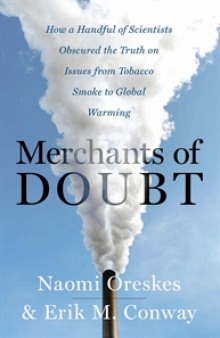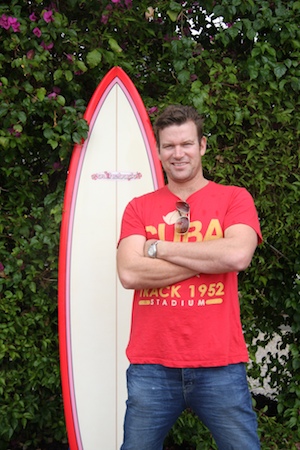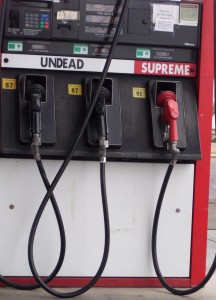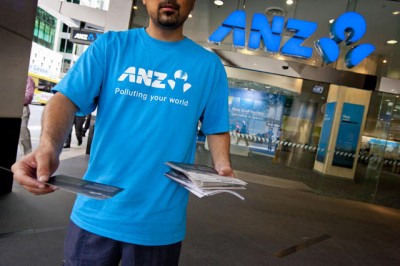 So far nowhere in the world has there been a successful trial of a technology mythically and cynically described as “clean coal” but also known by its less marketable term of Carbon Capture and Storage.
So far nowhere in the world has there been a successful trial of a technology mythically and cynically described as “clean coal” but also known by its less marketable term of Carbon Capture and Storage.
To draw a rough outline around CCS, the idea is that in some way you capture the carbon dioxide that’s released when coal is burned in electricity plants.
Once you’ve “captured” the CO2 – and there are several ways suggested – you then find a hopefully stable geological rock formation and then pump it underground where it will stay tucked away safe, warm and out of harm’s way [fingers crossed].
Or should I say, pump it back underground, with the emphasis on the “back”.
Essentially, coal is the Earth’s very own Carbon Capture and Storage technology and so far reigns supreme alongside gas and oil as the only ones that actually work. Billions of tonnes of carbon are held in coal seams, sequestered from the atmosphere over millions of years in a process that started in the carboniferous period several hundred million years ago.
So effective in fact is this natural CCS technology, that to break it you’ve got to go to all the expense and energy of digging it out of the ground and then burning it.
Advocates for “clean coal” or CCS have been arguing for more than a decade that they will be able to find a new version of CCS that can work. On Sunday morning in the week before Christmas (nice time to bury bad news) Queensland Premier Anna Bligh confirmed the state Government was walking away from ZeroGen – a $200 million attempt to build a CCS power plant in the centre of the state.
We had hoped to have a clean coal power station up and running by 2015 but the fact is that the early research has shown us that this is not viable at this time on a commercial scale.
All in all, Premier Bligh confirmed that about $50 million of its $100 million investment had been written off. Had the project actually worked, then it would likely have been one of the first commercial scale CCS projects in the world. China’s GreenGen project, backed by world’s largest private coal company Peabody Energy, appears further down the road to knowing if it can make the technology work.





